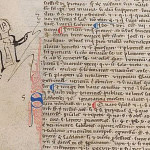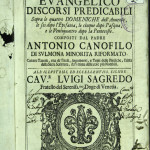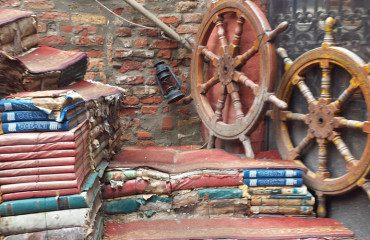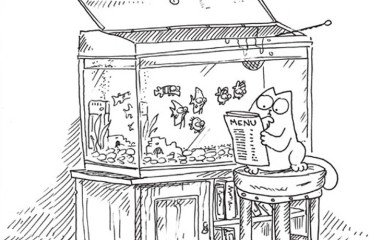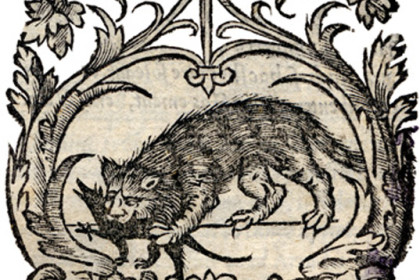
Littera antiqua – Writing that Florentine humanists Coluccio Salutati, Poggio Bracciolini and Niccolò Niccoli imitated by codes in Carolingian minuscule of IX-XII centuries, considering mistakenly penned by ancient Roman writing of the classical age. This type of writing became widespread in the fifteenth century, taking the name of humanities and evolving into two types: the book minuscule and cursive.
Logotype – Typeface consisting of two letters, such as the Latin diphthong “ae” upper or lower case or a double “s” German minuscule resembling a “beta”.
Lucidario – Title of medieval didactic works sometimes to “clarify a subject, illuminating the reader”. They had also printed editions until the sixteenth century.
Sugar Manner – Technique of engraving in which the artist paints directly on a plate (first cleaned and degreased) with a brush dipped in a solution of sugar and ink. Once the ink dried, the plate is covered with a thin layer of paint to the bitumen, and then immersed in water; by the effect of humidity the sugar swells, peeling the paint from the sheet at the points where the artist sketched the composition and that will be etched by the acid.
Hands, handshake – Pattern derived from Roman wedding sarcophagi, a symbol of fidelity. It appear isolated or in series in the middle of the plates on Italian and French bindings of the sixteenth century.
Brand letterpress – The sign with which the printers, and later publishers or booksellers, mark the books printed by them or on commission. The first printer’s mark (two heraldic shields hanging from a branch) appears in almost all copies of the Psalter of Fust and Schöffer, printed in Mainz in 1457, which was also the first book to contain the colophon with date, place of publication and name of the printer. Hence the brand heraldry spread throughout Europe with progressive enrichment, while in Italy caught on other forms.
Marginalia – Writings or decorations placed on the margins of a manuscript, with particular regard to comments, annotations and glosses.
Membra disiecta – Detached parts of a manuscript; who have lost their original units.
Menabò – Indicates the test formatted to a print; derives from the Milanese dialect “leads oxen,” and has become part of the language publishing perhaps the meaning of “guide”.
Ne varietur – Latin formula translated to “not made any changes,” used to indicate the final text of an issue that should not be changed anywhere. In the language of typography to compose “ne varietur” means to reproduce a text literally compliant to original.
 English
English  Italiano
Italiano 

